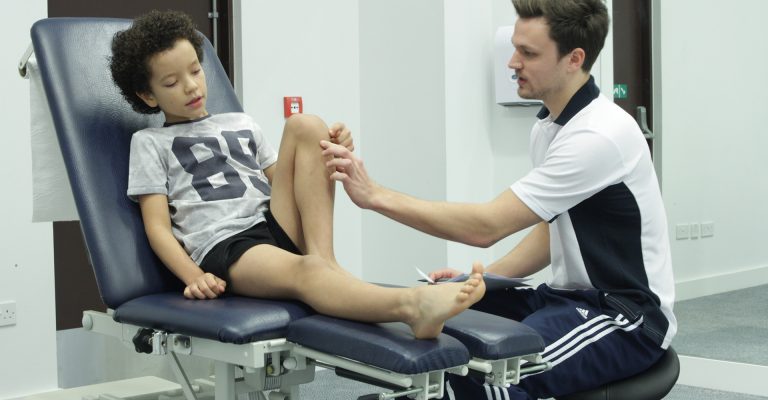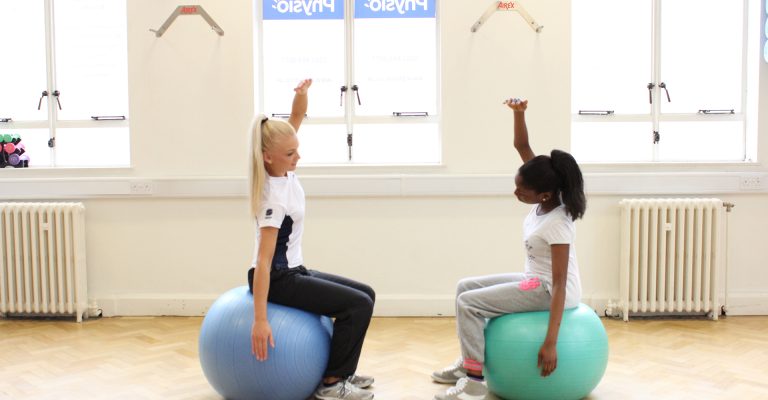
Welcome to the Topic “Rehabilitation for epilepsy ”
Epilepsy is a brain disorder that results in multiple seizures. Due to the sudden change in the electrical impulses within the brain, the affected person may experience a sudden behavior change. Typically, these electrical impulses follow a specific pattern that helps the brain function and relay communication throughout the rest of the body. However, with the onset of epilepsy, these electrical impulses lose their mark and become imbalanced.
Even the slightest change in the pattern of electrical impulses can significantly affect the body. In epilepsy, these electrical impulses become imbalanced enough to cause recurring seizures. The sudden bursts of electrical impulses may result in the affected person struggling with their consciousness and having difficulty performing basic movements.
Simple seizures are a more common medical condition, but experiencing one seizure throughout your entire life is not enough evidence to be diagnosed with epilepsy. An individual is generally diagnosed after undergoing at least two seizures that cannot be attributed to some other cause, such as low blood sugar.
Repeated seizures cause great exertion, so learning to control seizures is crucial for patients with epilepsy. While the primary goal of physiotherapy may be to aid the patient in managing their attacks, the physiotherapist may also consider some other areas. For one thing, physiotherapy may not only be used for attempting to control seizures but also for non-seizure-related behaviors. Physical health comprises a vital part of an individual’s mental health, and ensuring the patient receives that physical stimulation is an integral part of their rehabilitation.
Physical exercises may be prescribed to limit the movements within a seizure but also to improve mental health. People with epilepsy may also struggle psychologically since the chemistry of their brain is basically altered, and they have to adjust their life to this diagnosis. Therefore, the rehabilitation team should incorporate physical exercise and training programs to keep their patients active and energetic throughout their prognosis.

Vagus nerve stimulation is one of the most common procedures used for epilepsy. A small device is attached to the patient’s chest and connects to a wire inserted under the skin. The device connects with the vagus nerve, which sends electrical impulses to the nerve.
It is a common misconception that this procedure is a cure for epilepsy. However, that is not the case in reality. Vagus nerve stimulation aims to lessen the severity and frequency of the seizure rather than attempting to eliminate them, which is impossible. Patients may use the device for ten years with minimal side effects besides sore throat and coughing.
Another popular procedure for epilepsy is deep brain stimulation. Similar to VNS, an electrical device is used. However, this particular device is placed in the chest and connects its wires directly to the brain. Electrical impulses are sent to the brain through these wires in an attempt to lessen the frequency and severity of the seizures. It must be noted that this procedure is relatively new for the rehabilitation of epilepsy and must be used with caution; however, health professionals may recommend this procedure for the sake of trying and further research, ensure that they explain the process in full detail and make the patient aware of the benefits and risk associated with this procedure.
Responsive neurostimulation is a technique that is being increasingly used for the rehabilitation of epilepsy patients. Similar to the two previous procedures described, responsive neurostimulation also uses a device similar to a pacemaker. This device analyzes brain activity and the frequency and patterns of the electrical charges. If the device detects a severe change that indicates an oncoming seizure, it automatically delivers an electrical charge or prescribed medicine to eliminate the threat of the attack. This procedure is widely used to decrease the frequency of seizures; however, it is always good practice to consult the doctor at length and consider all details and factors before agreeing to the procedure.

Epilepsy does not only occur in adults. For children, rehabilitation may include changes in diets. A ketogenic diet is one that comprises more fats rather than carbohydrates and protein. For children with epilepsy, such a diet is said to help reduce the frequency of seizures. That said, such a diet may not be feasible for adults with epilepsy, as it may lead to severe medical conditions such as diabetes. For this part of the rehabilitation, a dietician may need to work in conjunction with the epilepsy specialist to ensure that such a diet will provide beneficial results for the child.
Severe changes in the electrical impulses within the brain can severely damage it, and besides the seizures, there are several other symptoms a patient may face. Some patients may need to alter their behaviors to incorporate their diagnosis and treatments into their lifestyle. Such a change is not easy to deal with on their own, so it is essential that they receive professional care while adjusting back into their life or learn strategies that will make their life easier.
Epilepsy is a long-lasting, life-altering disease, but if the patients are well-adjusted to their diagnosis and new life, they are mostly able to live reasonably normal lives. An occupational therapist may aid in performing essential functions such as driving, jobs, going to school, and other activities or tasks that require coordination and control over one’s movements.
Contrary to popular belief, being diagnosed with epilepsy does not mean you must completely change your lifestyle. It is often possible to control these seizures and receive treatments that reduce the frequency. Therefore, most patients are likely to stay at their current jobs or even prefer to take a different job. Depending on the job, patients with epilepsy may also require vocational rehabilitation, so they know what changes they need to make on the job and how they can inform their authorities. Vocational rehabilitation will involve finding the right job, adjusting work-life routine to account for the diagnosis and learning strategies that will aid the patient in their career.
Have any questions regarding the topic “Rehabilitation for epilepsy “ feel free to comment below.
Also Read: Rehabilitation for Alzheimer’s